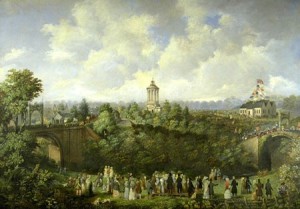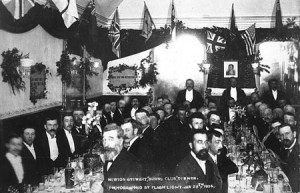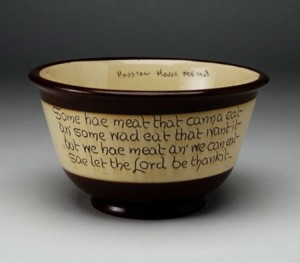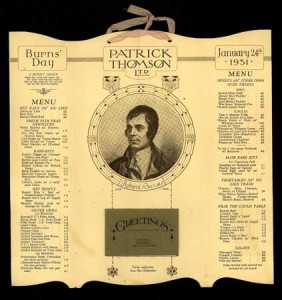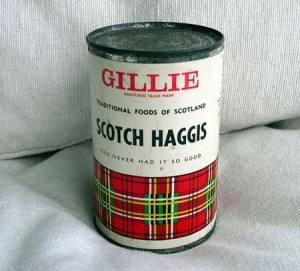Let us take you back to the heydays of shipbuilding at Clydebank, when the engineers and designers at John Brown’s yard built magnificent passenger liners that had the power, speed and comfort to serve the popular transatlantic market.
The talk of the town in the early 1910s was the construction of new luxury liner – the Aquitania.
The SS (steam ship) Aquitania, affectionately known as the ‘Ship Beautiful’, was the longest serving Cunard liner in the 20th century. She took three years to build and was launched on 21 April 1913 with accommodation for over 3,000 passengers. This photograph shows the Aquitania on trials in the Clyde.
The launch was a major event, with a number of saloon steamers selling excursions to view the Aquitania. We love this souvenir poster created to mark the occasion. It was collected by James Wotherspoon, who created a pictorial record of shipbuilding and shipping on the Clyde, the West Coast and the Channel. Over 4000 of his meticulously captioned illustrations, photos, plans and newspaper and magazine cuttings are archived at the Mitchell Library in Glasgow.
‘SS Aquitania, sailing down the Clyde, Sunday 10 May 1914’. This postcard was sent to Fergus Boyter-St Adrain in Cellardyke, Fife, from Scotstoun, Glasgow 8 days later. On 30 May 2014 the Aquitania set off on its maiden voyage from Liverpool to New York, arriving on 5 June. She went on to become the longest-serving ship this century, retiring after 35 years of service.
There were marked differences in accommodation and facilities for first, second and third class. During World War I and World War II she was used for transporting troops. She also served as a hospital ship and, briefly, as a merchant vessel. These possibilities had been considered at the design stage, and the Admiralty had checked over the plans.
Between the wars the Aquitania was refitted as a cruise ship with improved facilities, including a theatre. During his 1931 trip to America John Logie Baird (the first person to demonstrate the television) was fortunate to find himself on board the Aquitania with author H.G.Wells. Baird was inspired by Mr Wells’ science fiction books as a child.
At the end of World War II the Aquitania transported war brides to Canada. She was returned to Cunard in 1948 and chartered by the Canadian government to take emigrants from Southampton to Halifax, Nova Scotia, before being withdrawn from service on 9 January 1950.
She was the last liner in service with four funnels and the only major liner to serve in both World Wars. The Aquitania’s ship’s bell, inscribed with its dates of service, is in the care of National Museums Scotland.
Following her retirement the Aquitania was dismantled for scrap at Faslane in the 1950s, however it seems her story didn’t end there. Boswall House and Wardiebank House in Edinburgh are linked by extraordinary ironwork. The unusual and elaborate wrought-iron railings, which incorporate the letter ‘A’ in several places as well as crossed anchors and a trident, are thought to have come from the Aquitania. (If you take a look at the first class restaurant photo below you’ll see the likely provenance).
We’re proud that Scran can help piece together stories from the past by reaching into the digital records of so many contributing collections. The images in this blog are © National Records of Scotland, Glasgow City Council, the University of Strathclyde, Historic Environment Scotland, and National Museums Scotland.
If you like this story, please share it with friends on Twitter or Facebook.
Got a story that Scran has helped you tell? Let us know at scran@scran.ac.uk.










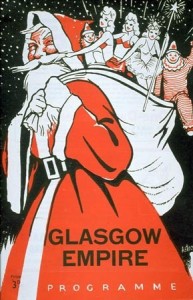
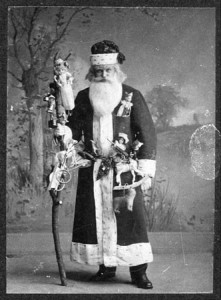
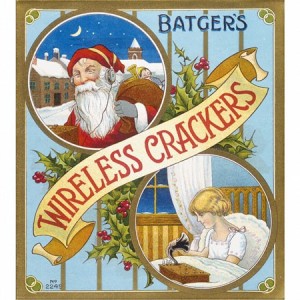
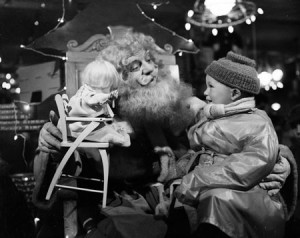

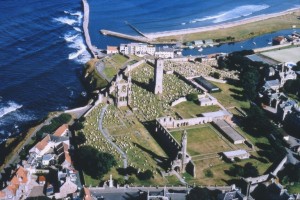






















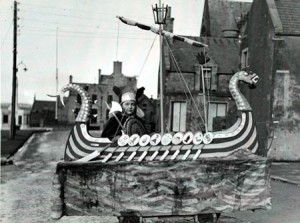
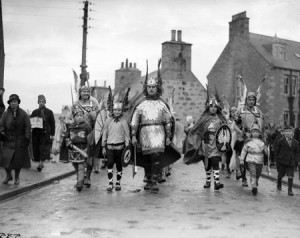
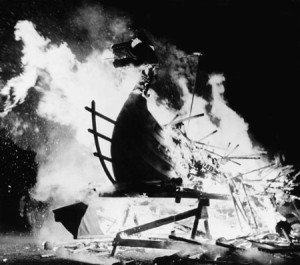



















 The National Galleries of Scotland’s exhibition on the artists Andy Warhol & Eduardo Paolozzi
The National Galleries of Scotland’s exhibition on the artists Andy Warhol & Eduardo Paolozzi That said, there are many differences between the two artists too. Paolozzi was far more “hands-on” an artist than Warhol, who famously set up a Factory to create most of his art. Warhol was more active in magazine publishing, music and film than Paolozzi, who concentrated largely on sculpture and screenprinting. And because the show chooses to keep the two artists separate (two of the five rooms are devoted to Paolozzi, and three to Warhol), it’s sometimes difficult to make direct comparisons between the two. But there are definitely many areas of overlap between the two artists, and this show does a good job of pointing up the similarities between them.
That said, there are many differences between the two artists too. Paolozzi was far more “hands-on” an artist than Warhol, who famously set up a Factory to create most of his art. Warhol was more active in magazine publishing, music and film than Paolozzi, who concentrated largely on sculpture and screenprinting. And because the show chooses to keep the two artists separate (two of the five rooms are devoted to Paolozzi, and three to Warhol), it’s sometimes difficult to make direct comparisons between the two. But there are definitely many areas of overlap between the two artists, and this show does a good job of pointing up the similarities between them.